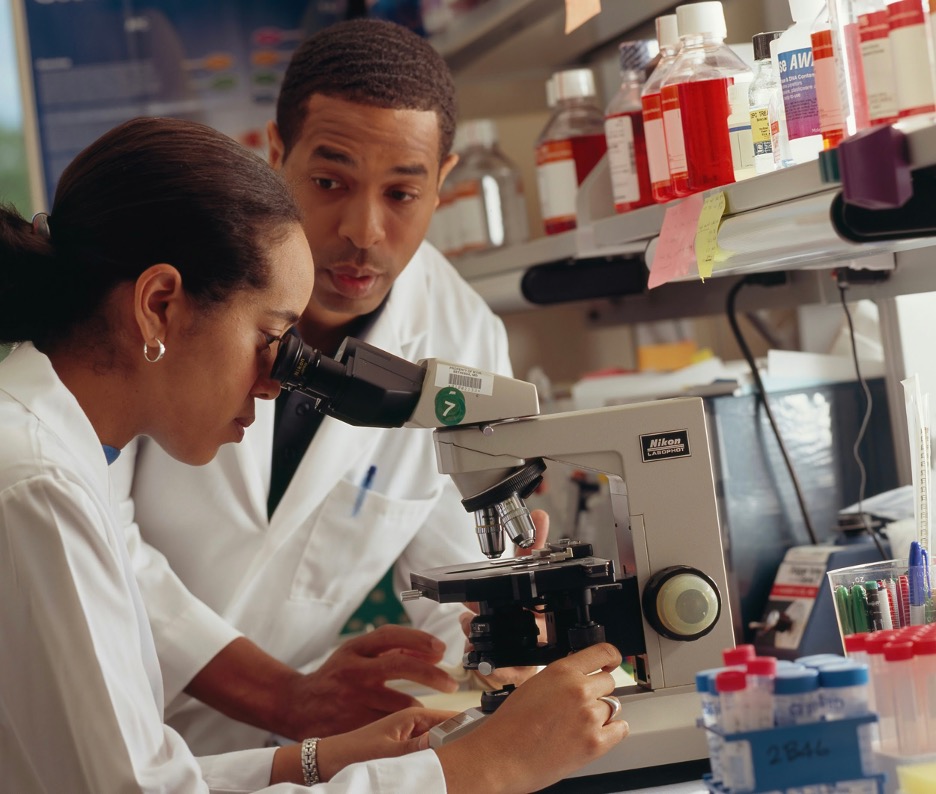Sarcoma is a rare type of cancer that originates in the connective tissues of the body, including bones, muscles, fat, blood vessels, and other tissues. Unlike more common carcinomas, which arise in epithelial tissues, sarcomas can occur anywhere in the body and are classified into various subtypes based on the tissue they originate from. Due to its rarity and the diversity of its subtypes, sarcoma is often challenging to diagnose and treat. Raising awareness about sarcoma is crucial for early detection, better treatment outcomes, and increased support for research and patients. This article explores the nature of sarcoma, its symptoms, and strategies to create awareness.
Understanding Sarcoma
Types of Sarcoma
Sarcomas are broadly categorized into two main types: soft tissue sarcomas and bone sarcomas. Soft tissue sarcomas can occur in muscles, fat, blood vessels, nerves, tendons, and the lining of the joints. Some common types of soft tissue sarcomas include:
- Liposarcoma: Arises in fat cells.
- Leiomyosarcoma: Develops in smooth muscle tissue.
- Angiosarcoma: Originates in blood vessels.
- Rhabdomyosarcoma: Forms in skeletal muscle tissue.
Bone sarcomas, on the other hand, originate in the bones. The most common types are:
- Osteosarcoma: Typically affects the long bones in the arms and legs, and is most common in teenagers and young adults.
- Ewing sarcoma: Often found in the pelvis, legs, or arms of children and young adults.
- Chondrosarcoma: Begins in the cartilage cells and is more common in older adults.
Symptoms of Sarcoma
The symptoms of sarcoma can vary widely depending on its location and size. Common signs include:
- A noticeable lump: Often painless, that grows over time.
- Swelling and tenderness: Around the affected area.
- Bone pain: Especially at night or with physical activity.
- Unexplained weight loss.
- Fatigue: Persistent and unexplained.
Because these symptoms can be attributed to various conditions, they are often overlooked or misdiagnosed. Therefore, it’s vital to seek medical advice if any unusual or persistent symptoms occur.
Creating Awareness about Sarcoma
Raising awareness about sarcoma involves educating the public, supporting research, and advocating for patients. Here are effective strategies to create awareness:
Public Education
Educating the public about sarcoma is the first step in raising awareness. This can be done through:
- Information campaigns: Use social media, websites, and blogs to share information about sarcoma, its symptoms, and the importance of early detection.
- Public service announcements: Utilize TV, radio, and print media to broadcast messages about sarcoma awareness.
- Community events: Organize walks, runs, or other events to bring people together and disseminate information about sarcoma.
Supporting Research
Research is crucial for understanding sarcoma better and developing effective treatments. Ways to support research include:
- Fundraising events: Host charity events such as auctions, concerts, or sports tournaments to raise money for sarcoma research.
- Donations: Encourage individuals and businesses to donate to organizations that fund sarcoma research.
- Advocacy: Advocate for increased government funding for sarcoma research and support legislative efforts that prioritize cancer research.
Patient Advocacy and Support
Supporting patients and their families is an essential aspect of raising awareness. This can be achieved through:
- Support groups: Create or promote support groups where patients and their families can share experiences, offer support, and gain valuable information.
- Patient resources: Provide access to resources such as counseling services, financial aid, and treatment information.
- Patient stories: Share stories of sarcoma survivors and patients to humanize the disease and highlight the challenges and triumphs they face.
Conclusion
Sarcoma, though rare, is a serious cancer that requires increased awareness for early detection and better outcomes. By understanding the types and symptoms of sarcoma, we can educate the public, support research, and advocate for patients. Creating awareness involves a multifaceted approach, including public education, fundraising, and patient support. Through these efforts, we can improve the lives of those affected by sarcoma and move closer to finding a cure.
If you are in need of a medical consultation or check up look no further and contact our office here.


